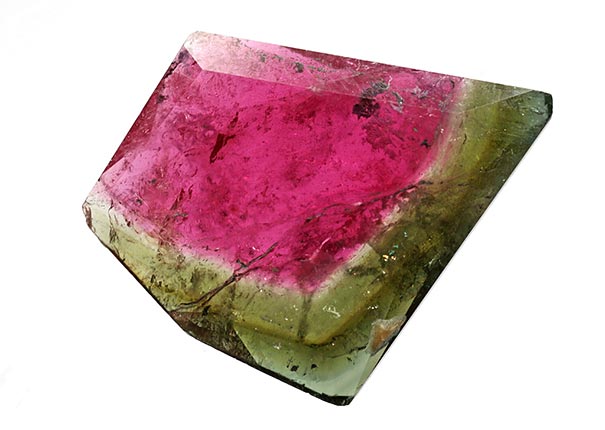
Minerals are the building blocks of our planet, each possessing unique properties and characteristics. To understand and categorize them effectively, scientists employ a set of criteria that help classify minerals based on their composition, structure, and other defining features. In this blog post, we will delve into the fascinating world of mineral classification and explore the four key criteria used by experts in the field.
- Chemical Composition:
The chemical composition of a mineral is one of the primary criteria used for classification. Minerals are composed of various elements, and their proportions determine their distinct properties. By analyzing the elemental composition, scientists can identify and categorize minerals into different groups. For instance, silicate minerals, the most abundant group, consist of silicon and oxygen atoms combined with other elements. - Crystal Structure:
The arrangement of atoms within a mineral's structure plays a crucial role in its classification. Minerals can form different crystal structures, such as cubic, hexagonal, or orthorhombic, based on the internal arrangement of atoms. By studying the crystallographic properties, scientists can classify minerals into crystal systems and further subcategories. This criterion helps in understanding the mineral's physical properties, including cleavage, hardness, and optical behavior. - Physical Properties:
Physical properties provide valuable insights into mineral classification. These properties include color, luster, hardness, streak, density, and others. While some minerals may exhibit similar chemical compositions or crystal structures, their physical properties can vary significantly. By carefully examining these characteristics, geologists can differentiate between minerals and assign them to specific groups. - Formation Process:
The formation process of minerals also aids in their classification. Minerals can be formed through various geological processes, such as crystallization from magma, precipitation from solution, or metamorphism. Understanding the conditions under which minerals are formed helps scientists categorize them into primary or secondary minerals. This criterion provides valuable information about the geological history and environment in which minerals are found.
Conclusion:
Classifying minerals is a complex task that requires a comprehensive analysis of their chemical composition, crystal structure, physical properties, and formation process. By employing these four essential criteria, scientists can accurately categorize minerals, enabling a deeper understanding of their properties and geological significance. The classification of minerals not only aids in scientific research but also has practical applications in fields such as mining, geology, and materials science.





